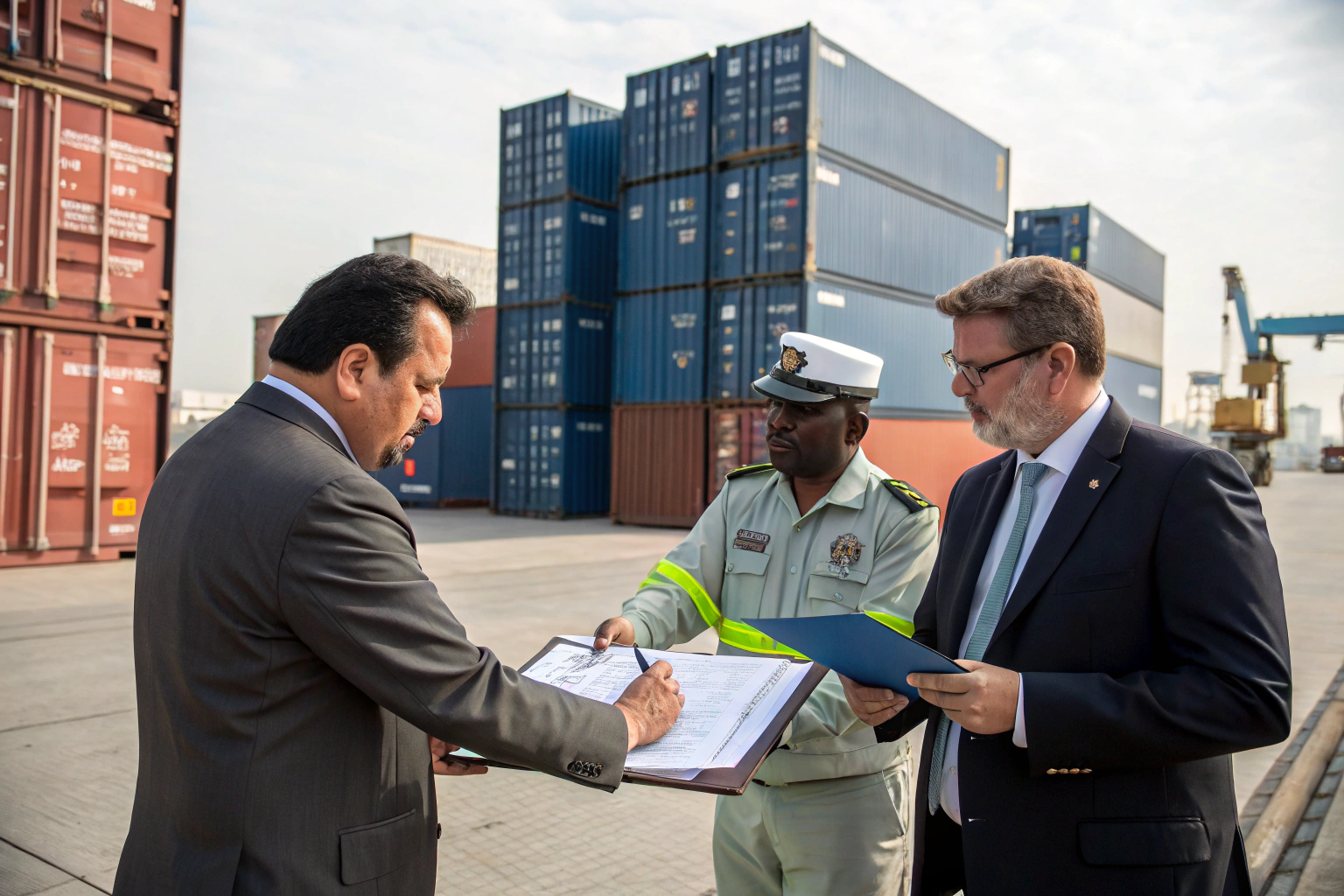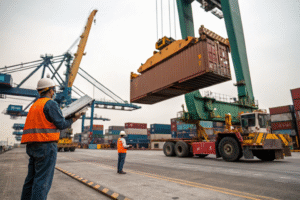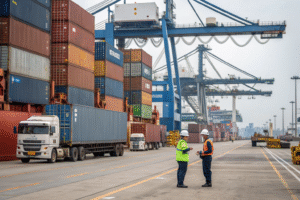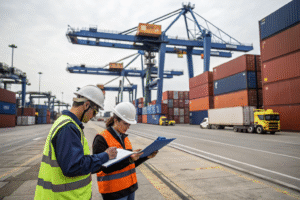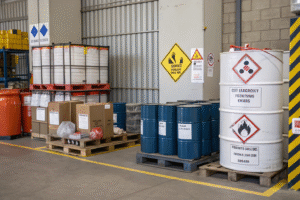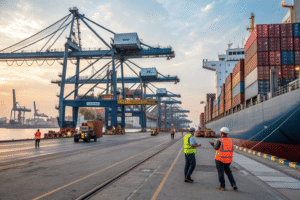In 2025, trade policy is no longer one-sided. Reciprocal tariffs—once a diplomatic principle—are now a tactical reality shaping logistics decisions worldwide. These policies can affect everything from shipping routes to landed costs and customs clearance timelines.
This guide explains what reciprocal tariffs are, why they exist, and how they influence international shipping logistics for exporters, importers, and freight forwarders.
At GeeseCargo, we monitor trade relationships in real time so our clients avoid the operational surprises reciprocal duties often bring.
What Exactly Are Reciprocal Tariffs?
Reciprocal tariffs are duties imposed by one country in response to similar rates placed on its exports by another country.
If Country A charges 20% on Country B’s cars, Country B may respond by placing a 20% tariff on Country A’s electronics. These matching duties are designed to create “fair” or “balanced” trade.

Examples from 2020–2025:
- U.S.–China: Both imposed reciprocal tariffs on over $300B worth of goods during the Section 301 disputes
- EU–U.S.: Applied tit-for-tat duties on steel, bourbon, motorcycles
- India–Malaysia: 2021 palm oil and electronics disputes led to reciprocal increases
Explore historical applications at USTR.gov and WTO Dispute Settlement.
How Do Reciprocal Tariffs Impact Shipping and Routing?
When duties are matched across borders, they ripple through freight lanes, delivery timing, and customs processes.
Reciprocal tariffs change the economic logic of shipping lanes—forcing forwarders to reroute cargo, rethink Incoterms, and adjust HS code declarations.

Real-World Impacts:
- Longer transit routes to avoid tariff-locked ports
- Use of bonded warehouses in third countries to break tariff linkages
- Shifting from DDP to DAP or FCA to limit seller risk
GeeseCargo helps clients avoid bilateral friction zones by optimizing shipping via neutral FTZs or ASEAN transit hubs.
Which Industries Are Most Affected by Reciprocal Duties?
Not all goods get hit equally. Reciprocal tariffs often target high-profile or politically sensitive products.
Industries most impacted by reciprocal duties include automotive, semiconductors, textiles, steel, and food commodities.

Sector Breakdown (2025):
| Industry | Typical Reciprocal Tariff Exposure |
|---|---|
| Automotives | High (EU vs. U.S., China vs. U.S.) |
| Apparel & Footwear | Moderate (India, Vietnam targets) |
| Electronics | High (U.S.–China chip restrictions) |
| Food Products | Moderate–High (dairy, pork, grains) |
| Steel & Aluminum | Very High (U.S.–EU–India chain) |
Check trade alerts at Trade Map or UNCTAD.
Can Reciprocal Tariffs Be Avoided Through Smart Logistics?
Yes—smart logistics planning can reduce or eliminate the sting of reciprocal tariffs.
Using indirect shipping lanes, bonded warehousing, HS code optimization, and free trade agreements, logistics managers can route around reciprocal tax traps.

Tactical Options:
- Ship via bonded FTZ (e.g., Malaysia, UAE) before delivery
- Use Form E or Form RCEP for lower FTA-based duties
- Declare multiple HS codes for bundled products when allowed
- Reassign shipping responsibility using Incoterms (DAP/FCA)
GeeseCargo helps clients model these decisions before final routing.
Conclusion
Reciprocal tariffs are more than political talking points—they shape cost structures, impact trade flows, and define logistics strategies in real time. For e-commerce sellers, sourcing managers, and freight forwarders, understanding and planning for reciprocal duty patterns is critical in 2025.
Want to see how reciprocal tariffs affect your HS codes and target markets? Contact Ben Zhu at benzhu@geesecargo.com for a free bilateral duty risk analysis and freight route consultation.
